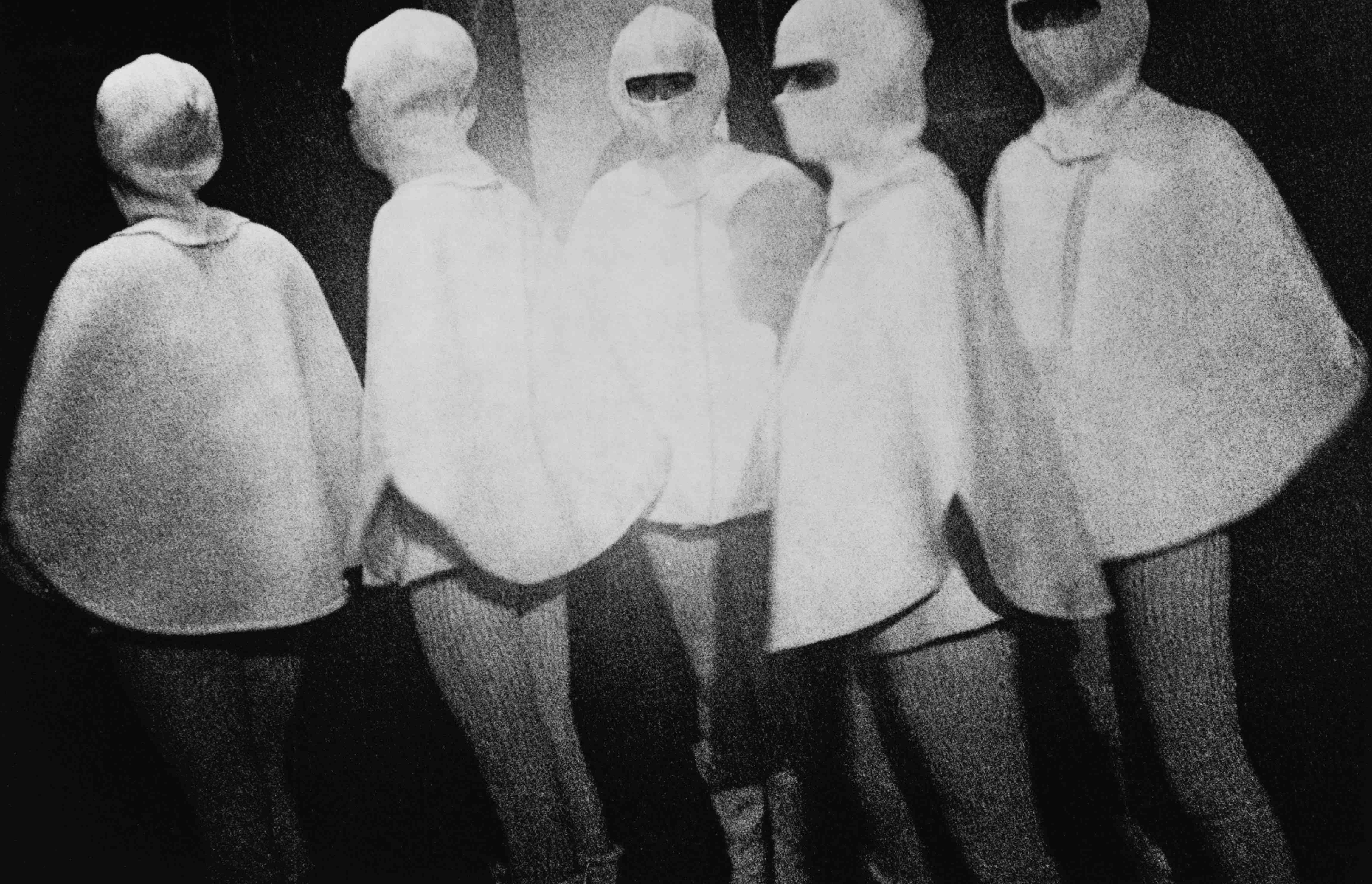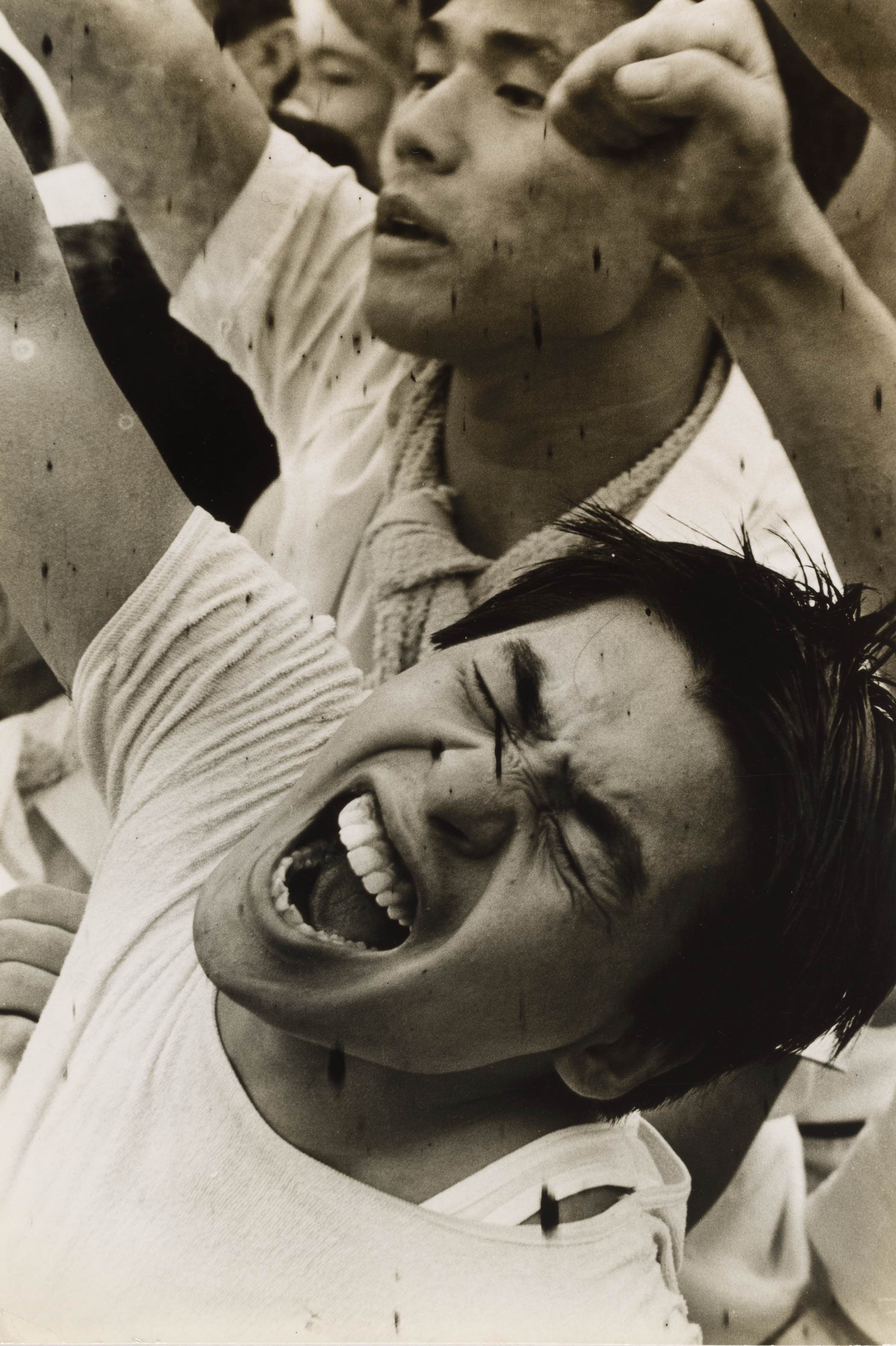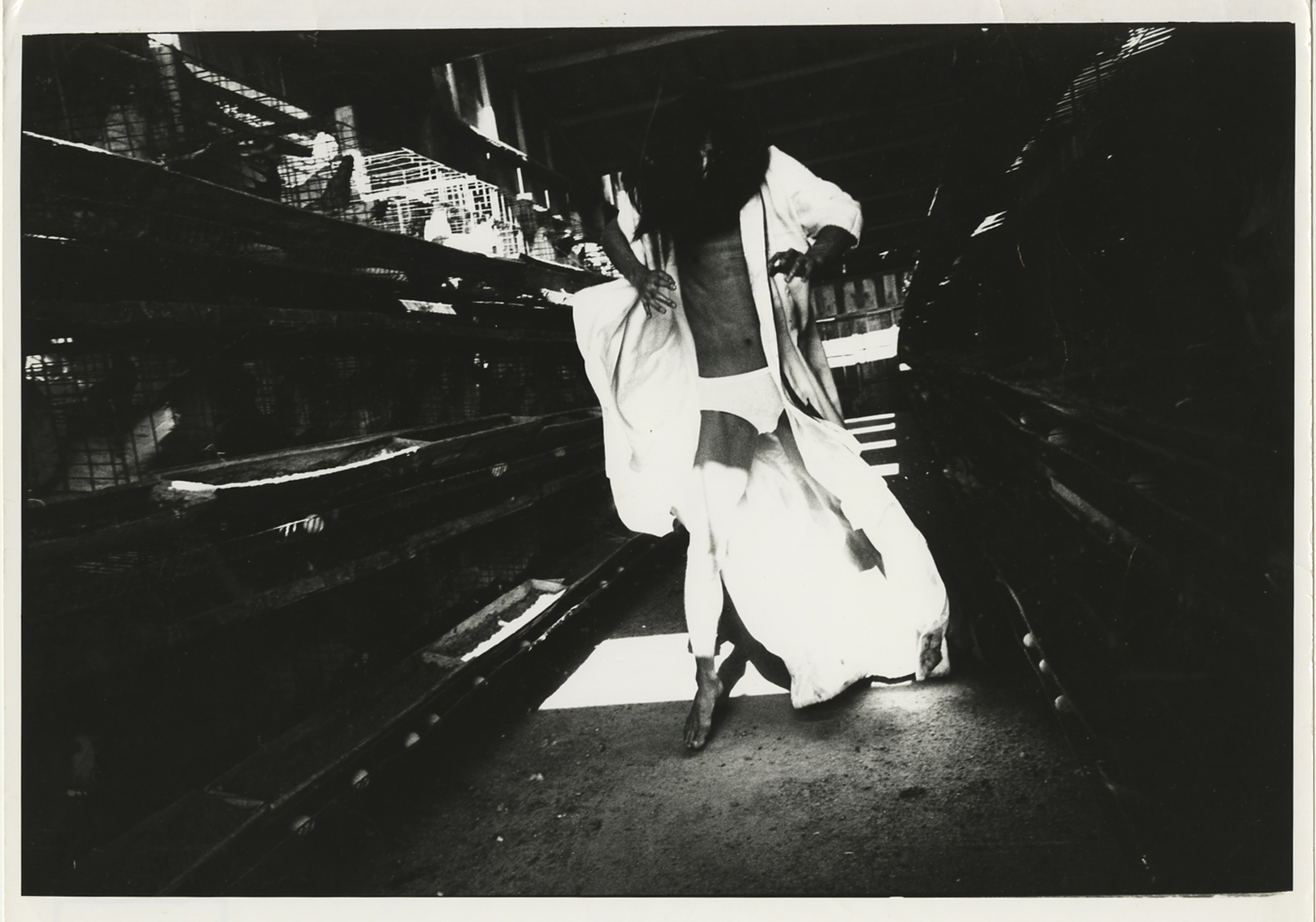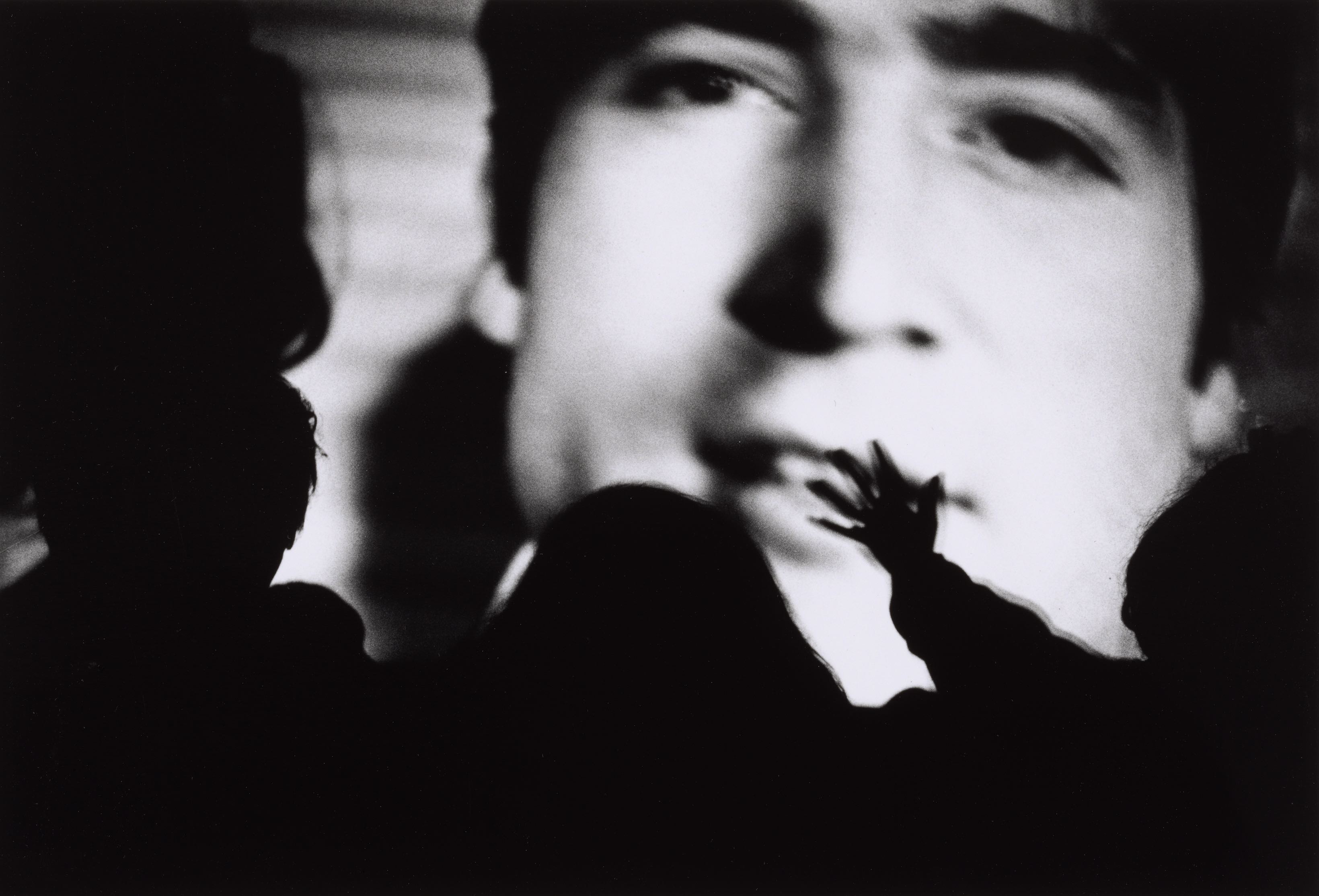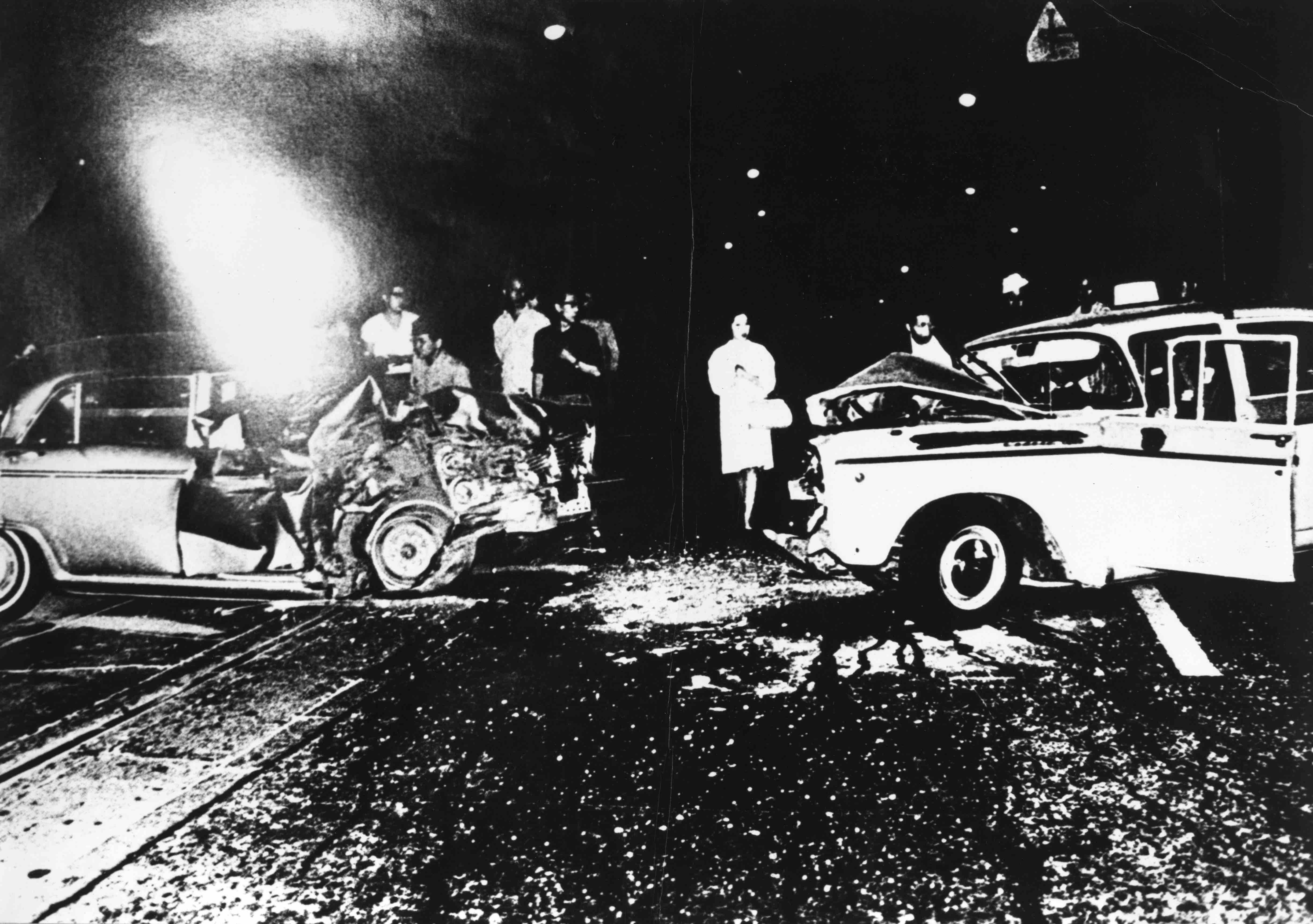In Pictures: The Japanese photographers who revolutionised the aesthetic of protest
- Text by Alex King
- Photography by See captions

In a society that still highly values obedience and hierarchy, creating space for dissent can be problematic. In the West, protest is understood as a vital part of a functioning democracy and celebrated – if only in hindsight (think of the glorification of the Civil Rights movement versus the backlash against #BlackLivesMatter today).
In 1960s Japan, a society making the transition from a traditional empire to a nation in a new American-dominated and consumerism-driven world, the role protest would play was still to be defined. But a new generation of innovative and creative activists rose to the challenge – supported by photographers who helped to amplify their battles, fix them in the popular imagination and explore the nation modern Japan was to become.
The camera became an activists tool, but also a mirror for Japanese society to reflect on itself – who it was and where it was going. Although it only ran for three issues from 1968-69, Japanese photo magazine Provoke, is where all of these questions were discussed by some of Japan’s most influential photographers, including Daidō Moriyama, Yutaka Takanashi, Shōmei Tōmatsu, and Nobuyoshi Araki.
Provoke: Between Protest and Performance – Photography in Japan, 1960–1975 at Vienna’s Albertina Gallery surveys a decade-and-a—half of conflict, creativity and struggle – in which photography played a key role in the evolution of modern Japan. Photography’s internal revolutions during this period saw it move beyond a mechanical document of events, to flourish as a powerful medium of expression to explore its practitioners subjective experience of Japan’s postwar reality.
1960 saw the first great wave of Japanese protest, kicking off against renewal of the alliance with the USA. But as the decade progressed and rolled into the ‘70s, activists reassessed the nuclear bombing of Hiroshima and Nagasaki, challenged the illegal actions of large corporations, the despotism of the neoliberal Japanese state and Japan’s support for the US’s war in Vietnam. In each of these fights, protest books produced by student associations, trade unions and professional photo journalists were crucial in spreading information and mobilising people for further protest.
Eventually, although each of the contributors to Provoke were politically active, they came see to that the possibilities of protest photography had been exhausted and felt it could no longer bring about political change. However, the experiments by the photographers who worked on Provoke and the discussions that occurred on its pages, sparked a golden-era of post-war Japanese photography. They informed the group’s later diverse work, which critiques the American consumerist culture spreading throughout Japan, meditates on the industrialisation and modernisation of the country’s urban centres and questions the illusionary nature of photography.
Provoke: Between Protest and Performance – Photography in Japan, 1960–1975 is at Vienna’s Albertina Gallery, until May 8.
Latest on Huck

From his skating past to sculpting present, Arran Gregory revels in the organic
Sensing Earth Space — Having risen to prominence as an affiliate of Wayward Gallery and Slam City Skates, the shredder turned artist creates unique, temporal pieces out of earthly materials. Dorrell Merritt caught up with him to find out more about his creative process.
Written by: Dorrell Merritt

In Bristol, pub singers are keeping an age-old tradition alive
Ballads, backing tracks, beers — Bar closures, karaoke and jukeboxes have eroded a form of live music that was once an evening staple, but on the fringes of the southwest’s biggest city, a committed circuit remains.
Written by: Fred Dodgson

This new photobook celebrates the long history of queer photography
Calling the Shots — Curated by Zorian Clayton, it features the work of several groundbreaking artists including Robert Mapplethorpe, Sunil Gupta, Zanele Muholi and more.
Written by: Miss Rosen

Krept & Konan: “Being tough is indoctrinated into us”
Daddy Issues — In the latest from our interview column exploring fatherhood and masculinity, UK rap’s most successful double act reflect on loss, being vulnerable in their music, and how having a daughter has got Krept doing things he’d never have imagined.
Written by: Robert Kazandjian

Vibrant polaroids of New York’s ’80s party scene
Camera Girl — After stumbling across a newspaper advert in 1980, Sharon Smith became one of the city’s most prolific nightlife photographers. Her new book revisits the array of stars and characters who frequented its most legendary clubs.
Written by: Miss Rosen

Bad Bunny: “People don’t know basic things about our country”
Reggaeton & Resistance — Topping the charts to kick off 2025, the Latin superstar is using his platform and music to spotlight the Puerto Rican cause on the global stage.
Written by: Catherine Jones
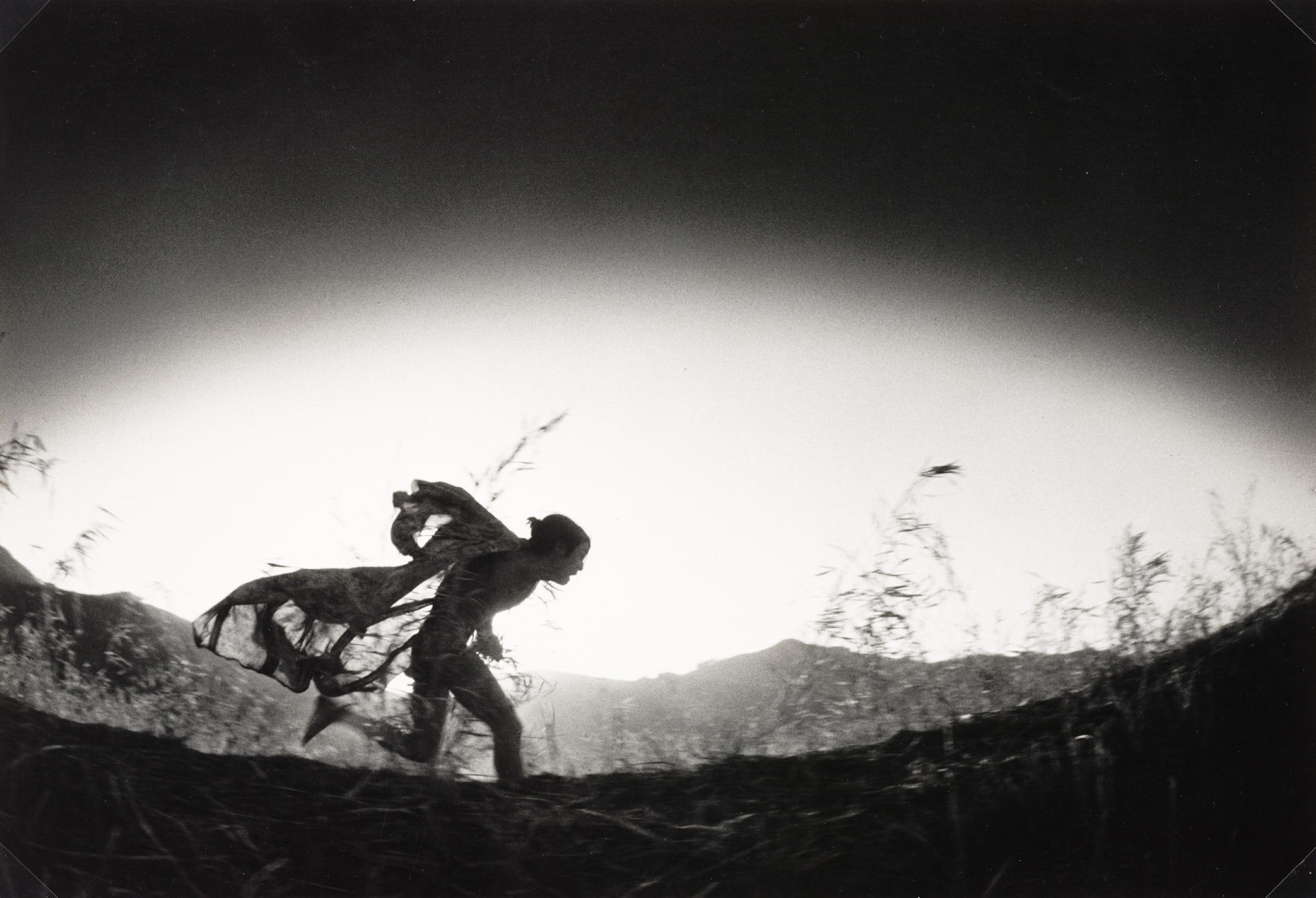
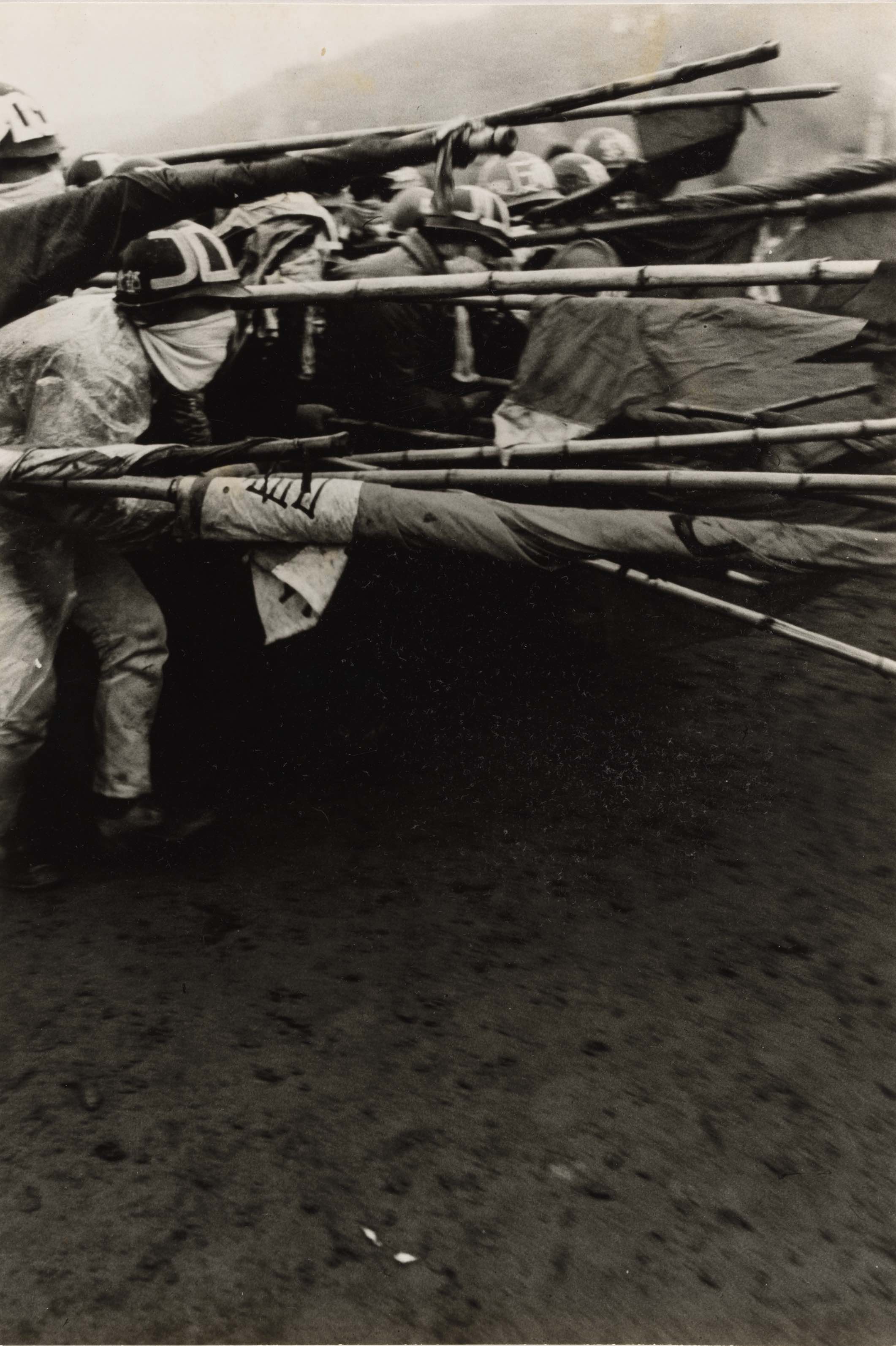
![Kōji Enokura Symptom – Lump of Lead into Space I [P.W.-No.41], 1972](https://www.tcocdn.com/wp-content/uploads/2016/02/main9.jart_.jpg)
